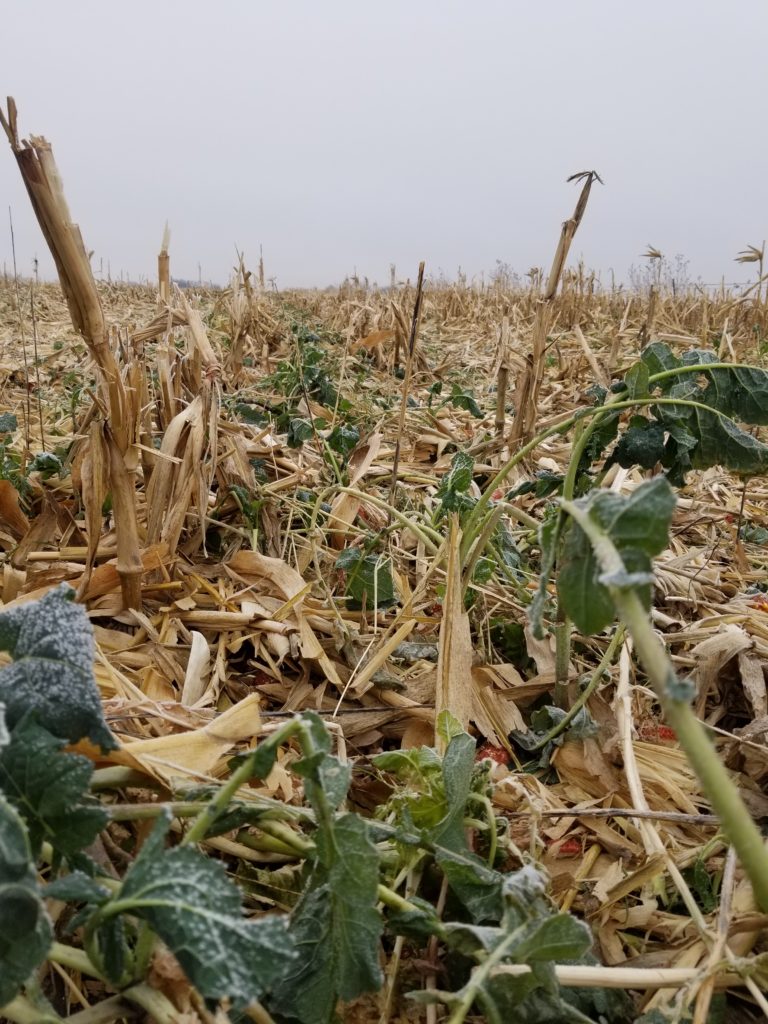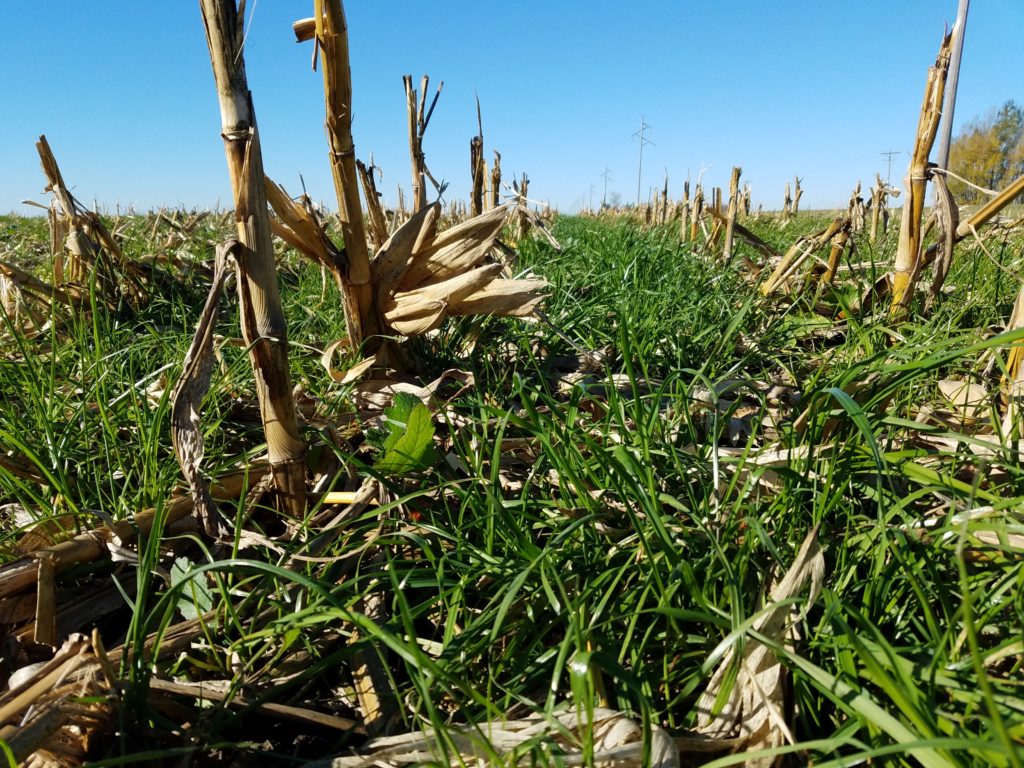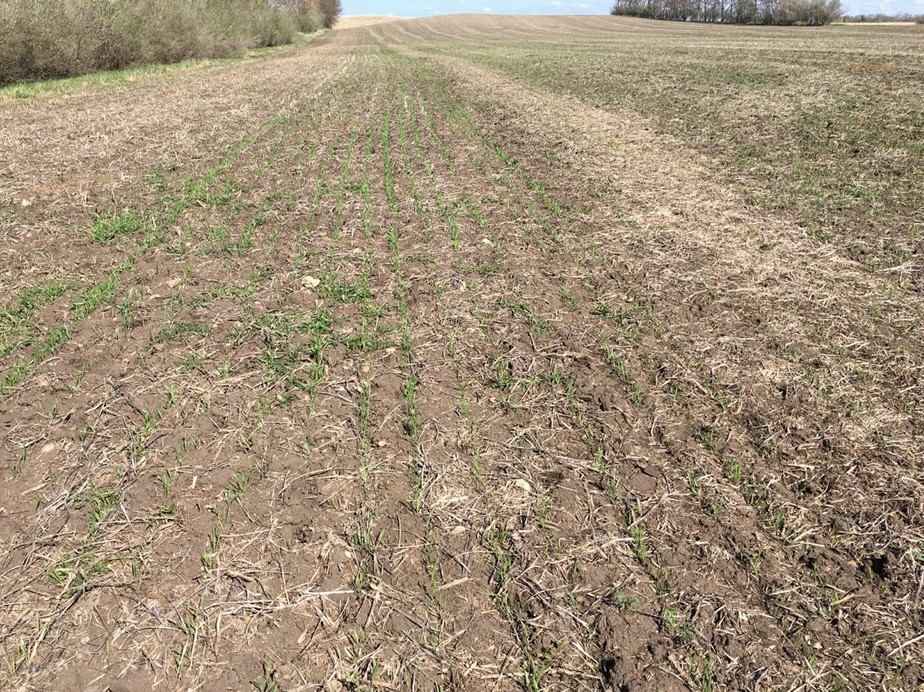Grazing cover crops in late fall, winter, and spring are great options to improve your soils by reaping the benefits of livestock saliva, manure, urine, and milk seep but also increasing forage availability. Many cover crop species can handle cold temperatures and provide excellent nutrition. Some of the cover crops that can handle lower temperatures are (these are averages, growth, mulch, time of sustained temperatures, and variety may change these numbers):

Turnips and radish 15F
Rapeseed 0F
Oats 5F
Field Peas 19F
Cabbages 18F
Austrian winter pea 10F
Crimson clover 0F
Hairy vetch 5F
Annual rye -10F
Sorghum sudan 27F
Grazing covers are very beneficial but some will produce issues for livestock after a frost, below are species and what to look out for:

Sorghum sudan: prussic acid after a frost- wait 7-10 days
Grasses: possible nitrate build up-wait 3-5 days
Brassicas: nitrate build up-wait 3-5 days
Legumes: Bloat-wait 3-5 days
Flax: prussic acid-wait 5-7 days
Germination temperatures are important to have in mind when planting later in the year or early in the spring. Below are some cover crops and their germination temperatures that are good for cooler temps:

Spring/winter barely 35F
Annual rye 40F
Cereal rye 34F
Winter triticale 38F
Spring Wheat/winter wheat 38F
Beets 40F
Cabbage 42F
Flax 48F
Kale 45F
Mustard 40F
Phacelia 42F
Radish 45F
Rapeseed/canola 41F
Turnip 45F
Winter camelina 32F
Safflower 40F
Sunflower 39F
Alfalfa 34F
Chickpea 42F
Berseem/crimson Clover 42F
Red clover 42F
White clover 42F
Field pea 41F
Sunnhemp 42F
